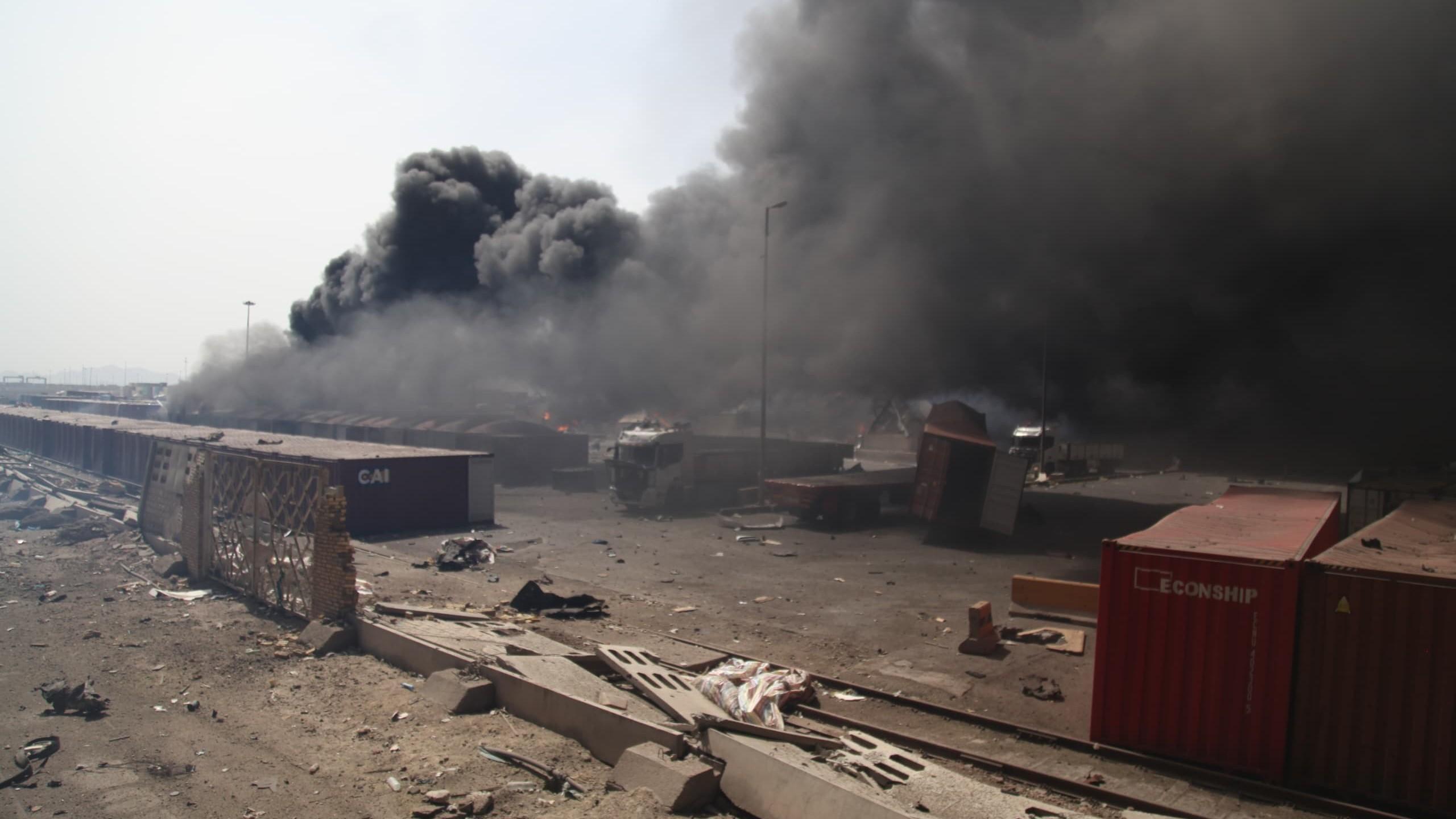German archaeologist’s photo archive delivered to Türkiye
ADIYAMAN

The photo archive of German archaeologist Professor Friedrich Karl Dörner's archaeological work in the eastern province of Adıyaman between 1953 and 1970 has been handed over to the Turkish authorities by Germany’s Münster University.
Between 1953 and 1970, Dörner carried out various archaeological studies, especially on Mount Nemrut, Arsemia Ruins and Old Kahta Castle. The photographs taken by Dörner at that time had been kept at the Asia Minor Research Center of the University of Münster for many years.
The photo archive was digitized with funding from the Gerda Henkel Foundation in Germany. The digital archive was delivered to the Adıyaman Culture and Tourism Directorate at a ceremony held on Dec. 22 in Adıyaman. Digital photographs will be kept at the Adıyaman Museum Directorate.
Speaking at the event, Culture and Tourism Director Abuzer Gelse said, “The work carried out by German archaeologist Dörner made a significant contribution to revealing the cultural heritage and treasure of the city. Mount Nemrut was the first place in our country to be inscribed on the UNESCO Cultural Heritage list in 1987. There are photographs of the archaeological studies that Dörner carried out in Adıyaman for 17 years between 1953 and 1970. This photo archive will shed light on Commagene studies.”
Dilek Çobanoğlu, the vice president of the Gerda Henkel Foundation in Germany, talked about the work of Dörner and the foundation.
“We wish to further strengthen this bond by maintaining our unity for future generations. Dörner's main interest in his studies in ancient Türkiye was the Hellenistic Kingdom of Commagene,” she said.
Stating that Dörner devoted most of his professional academic career to this region and played an important role in the awareness of the region, Adıyaman Museum Director Mehmet Alkan said, "Dörner, internationally known for his studies in both Nemrut and Arsemia in the ancient Commagene region between Upper Mesopotamia and Göksu Stream, contributed greatly to the archeology of Adıyaman and Commagene with his unique style and publications,” and read the translation of the inscription on the stele found in Sofraz Tumulus.
















